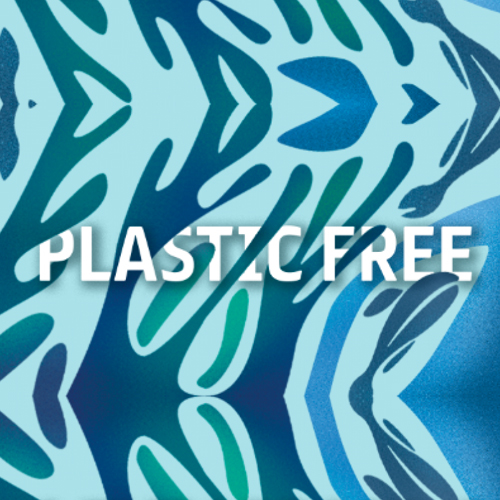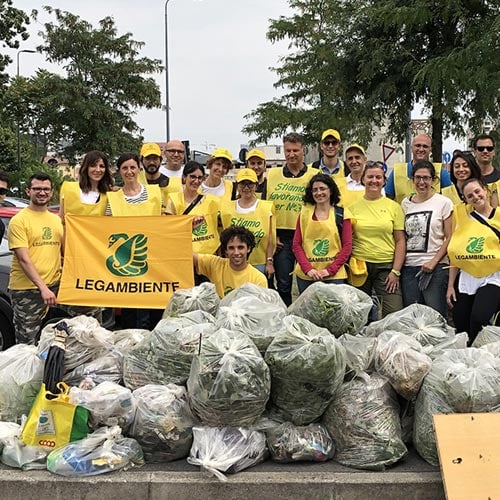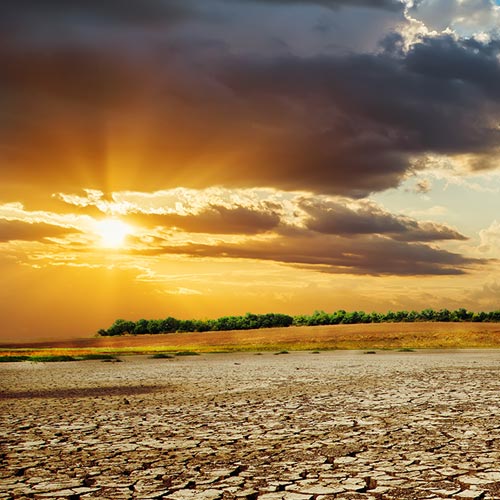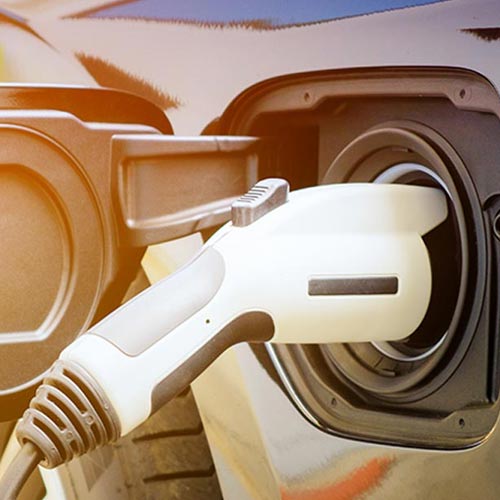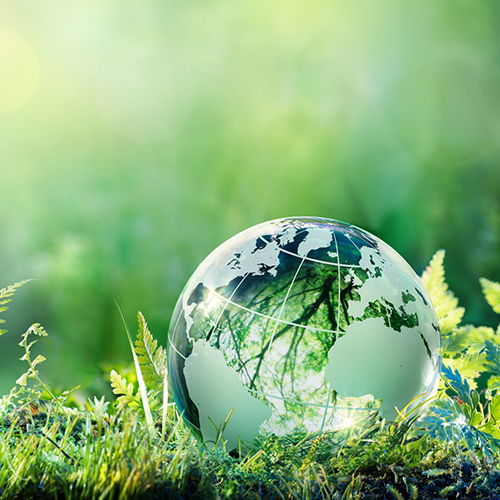Focusing on sustainable resources and products
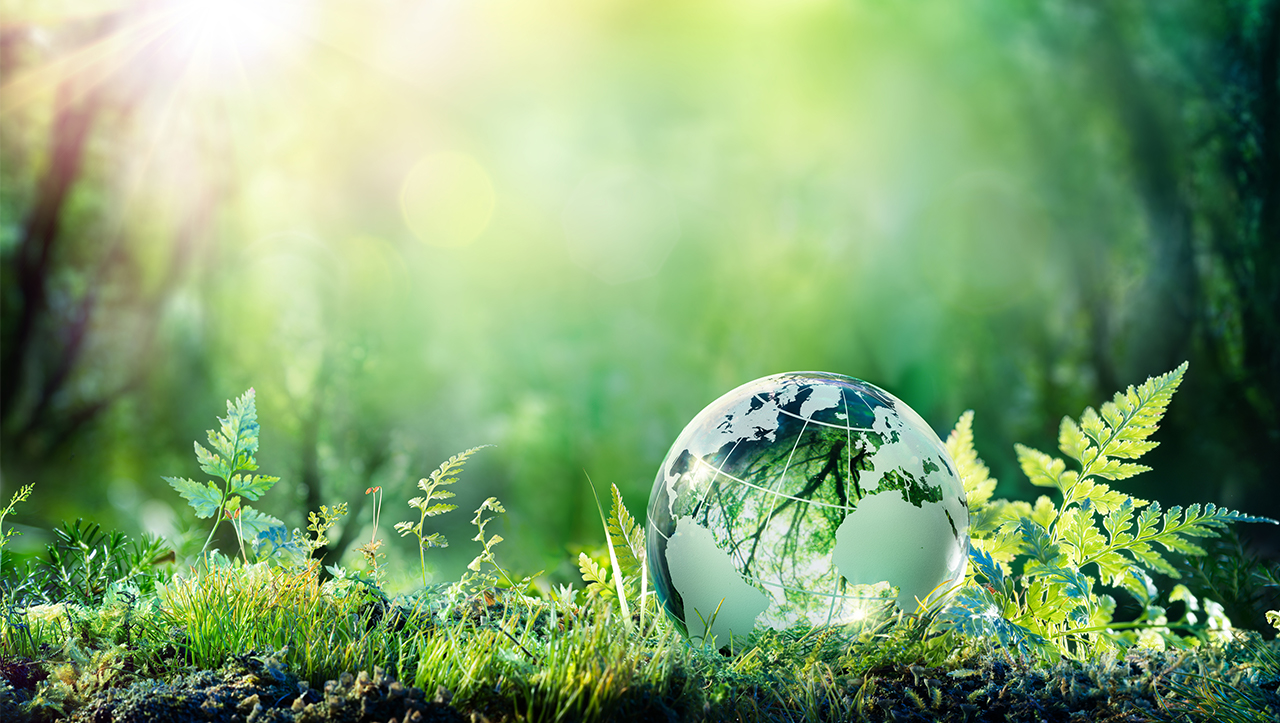
Prysmian believes that protecting and safeguarding the environment is part of creating sustainable value for the benefit of the organisation and its stakeholders, in terms of both the way it uses resources and the products it makes.
The group’s commitment to protecting the environment is carried out through the efficient use of natural resources, smart deployment of logistics flows, and responsible waste management.
“Sustainability is a key part of our business model,”
says Prysmian COO Andrea Pirondini.
“We continue to look for new ways to safeguard the environment in our every day business.”
To help meet these goals, along with other actions Prysmian has set sustainability targets for 2020 that call for the reduction of energy consumption and cutting greenhouse gas emissions (GHG) at Group level. A portion of several hundred managers’ variable compensation is linked to these targets.
Prysmian’s sustainability targets are based on the UN’s Sustainabile Development Goals (SDGs), which are a road map to help companies take action to reduce poverty, hunger and pollution by 2030. Prysmian has therefore committed to increasing the amount of its revenue coming from low-polluting products, increasing the amount of waste it recycles, and cutting down on emissions.
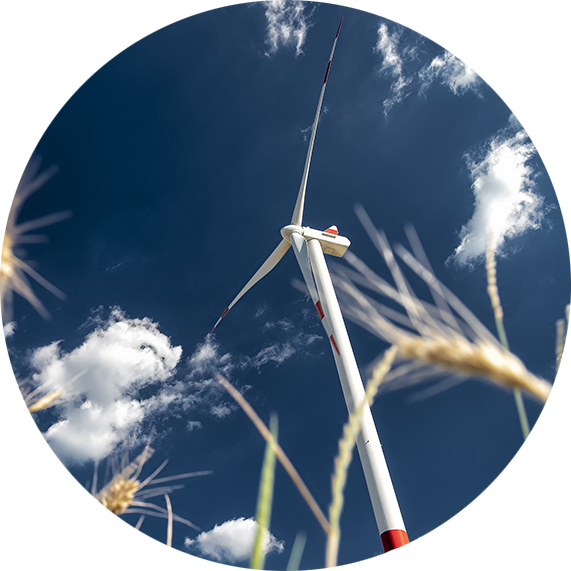
Ensuring compliance across 50 countries
Prysmian has worked hard across the group during last year to improve its performance on environmental issues, investing 13 million euros in health safety and environment activities, including energy efficiency, according to its 2018 Sustainability Report. Its commitment however goes far beyond setting targets linked to the UN’s SDGs. It actively monitors its energy consumption, water consumption, hazardous and non-hazardous waste recycling and greenhouse gas emissions in order to ensure compliance with local laws in the over 50 countries where it operates, and to improve its performance in each of them.
“Prysmian’s global presence gives it a deep understanding of environmental issues in diverse countries and cultures,”
says Antonio Traversi, HSE Group Director.
“In each country where it operates, Prysmian makes the maximum effort to continually improve in this area, while respecting the unique requirements of the various locations.”
Expanding C02 monitoring efforts to include suppliers
This year it is moving forward with further steps to protect the environment, including a more comprehensive quantification of greenhouse gas emissions in its disclosure to the CDP (formerly known as the Carbon Disclosure Project) that will include not just Prysmian’s direct and indirect emissions from the production process but also those generated by third parties like suppliers. It will also include General Cable in all of its monitoring and reporting.
In 2018, 11 new energy diagnoses were carried out in European and non-European operating units, to obtain a more complete, reliable and updated data base on energy consumption and its distribution, with the aim of extending energy efficiency initiatives to an ever-larger number of units. The Energy Audit Plan was upgraded by the Health Safety and Environment function at the end of 2018, including for the 2019-2020 period the European operations of the recently acquired General Cable.
In addition, the Mudanya (Turkey) plant and the General Cable Nordenham (Germany) plant have consolidated energy management and consumption monitoring through the implementation, certification and maintenance of an Energy Management System (SGE) compliant with the ISO 50001:2011 international standard. Similarly, periodic energy audits have been conducted in the Group’s five other German plants, where the SGE has long been ISO50001 certified.
During 2018, the HSE team continued to work on two projects, "Relamping with LED" and "Smart Metering", respectively related to the replacement of conventional lighting fixtures with LED lamps to save energy and the introduction of systems to measure consumption at the production units.
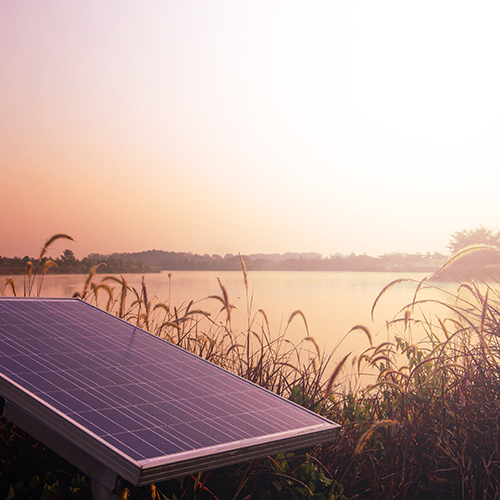
Prysmian’s sustainability efforts start with its own headquarters in Milan. The building has received Platinum LEED certification, thanks to new technologies like a solar-paneled roof. Staff at headquarters has implemented an Energy Management System to monitor, control and optimise energy usage.
In terms of environmental performance, energy and water consumption and waste all rose by double digits in 2018 from the year before because of the enlargement of the number of plants reporting data, as well as an increase in production in certain plants.
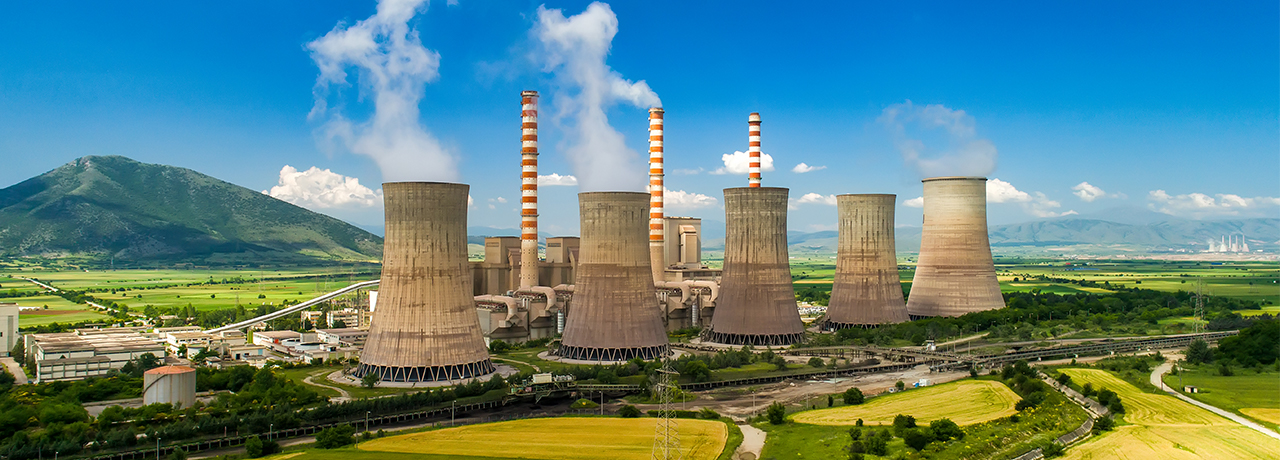
Power cables are the most energy-consuming product line, accounting for 63% of Prysmian’s energy consumption and 91% of General Cable’s.
Prysmian recycles 65.9% of its waste, while 21.8% is disposed of in landfills. General Cable recycles 57.1% of its waste. Initiatives to reduce hazardous and non-hazardous waste were carried out in seven plants in 2018, in Hungary, France, Mexico and the United States.





